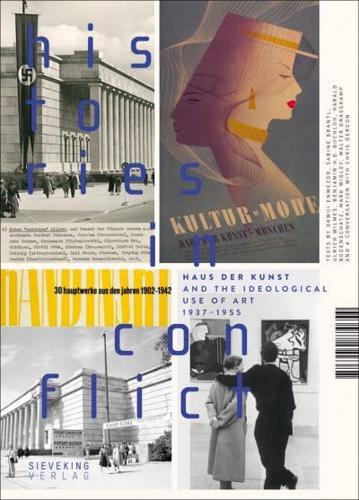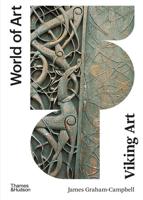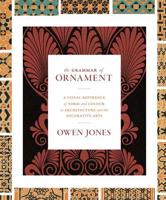Publisher's Synopsis
For the Haus der Kunst in Munich, the question of how to deal with its own past arose directly after the end of the Second World War, when the building once again served as an exhibition space . This richly illustrated volume spans the key historical dates during which a social and political development took place, at whose beginning stood the ideology of the National Socialists and whose end marked the start of Germany's transformation into a democratic state. In this time period, it was not only the orientation of the Haus der Kunst's content that changed; as a result of the cultural-historical upheavals of this time, the basis for the building's development as an international exhibition venue was also laid. Today the Haus der Kunst plays a formative role in the discussion of relevant positions in contemporary art. It documents the historical developments within the context of political and cultural transformations, as well as their international parallels and references. Large exhibitions that were influential for the topography of the art of the twentieth century such as the World Exposition in Paris in 1937, the biennials in Venice, and the first documenta in 1955 provide the coordinates for the international dimension of the Haus der Kunst's story.









